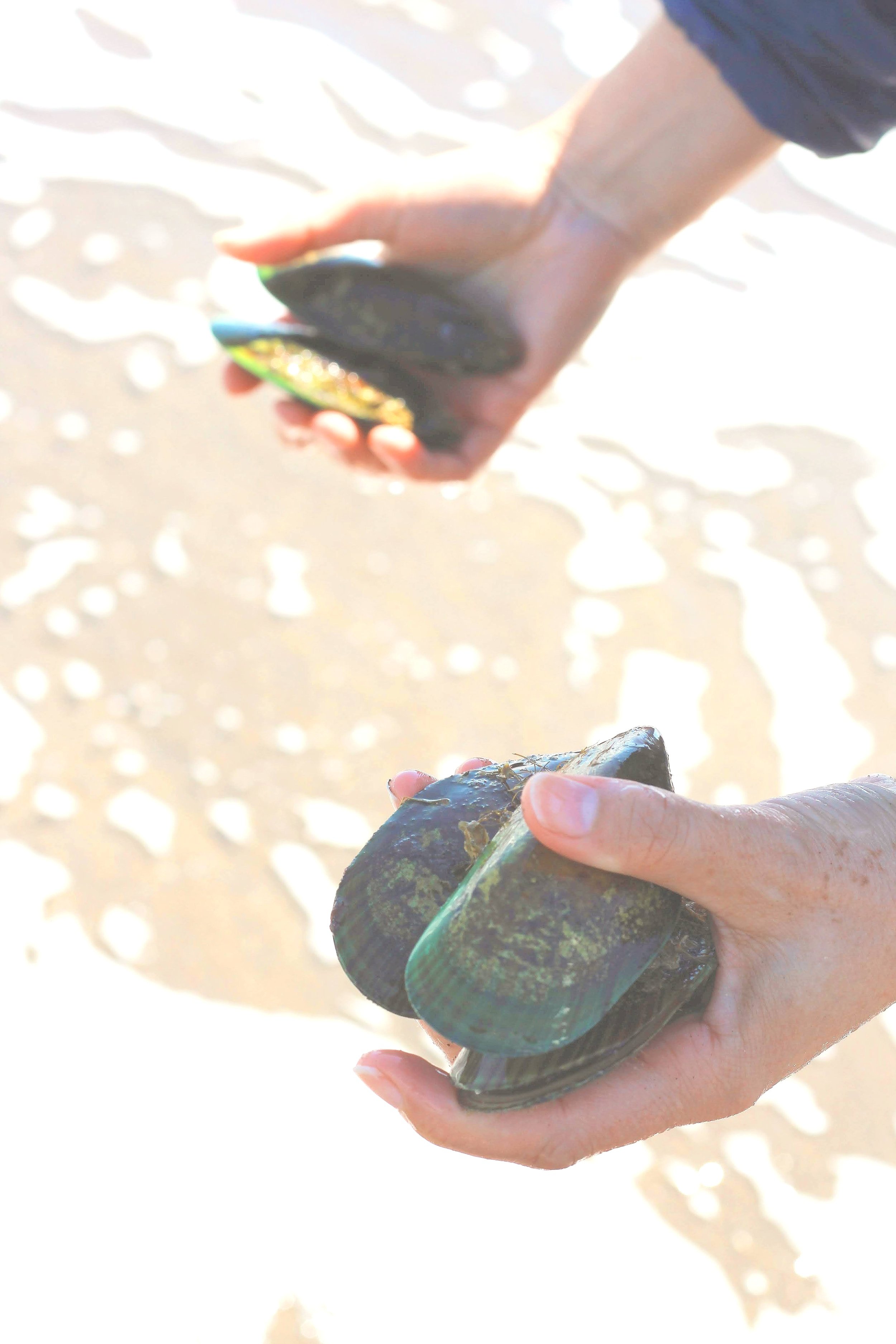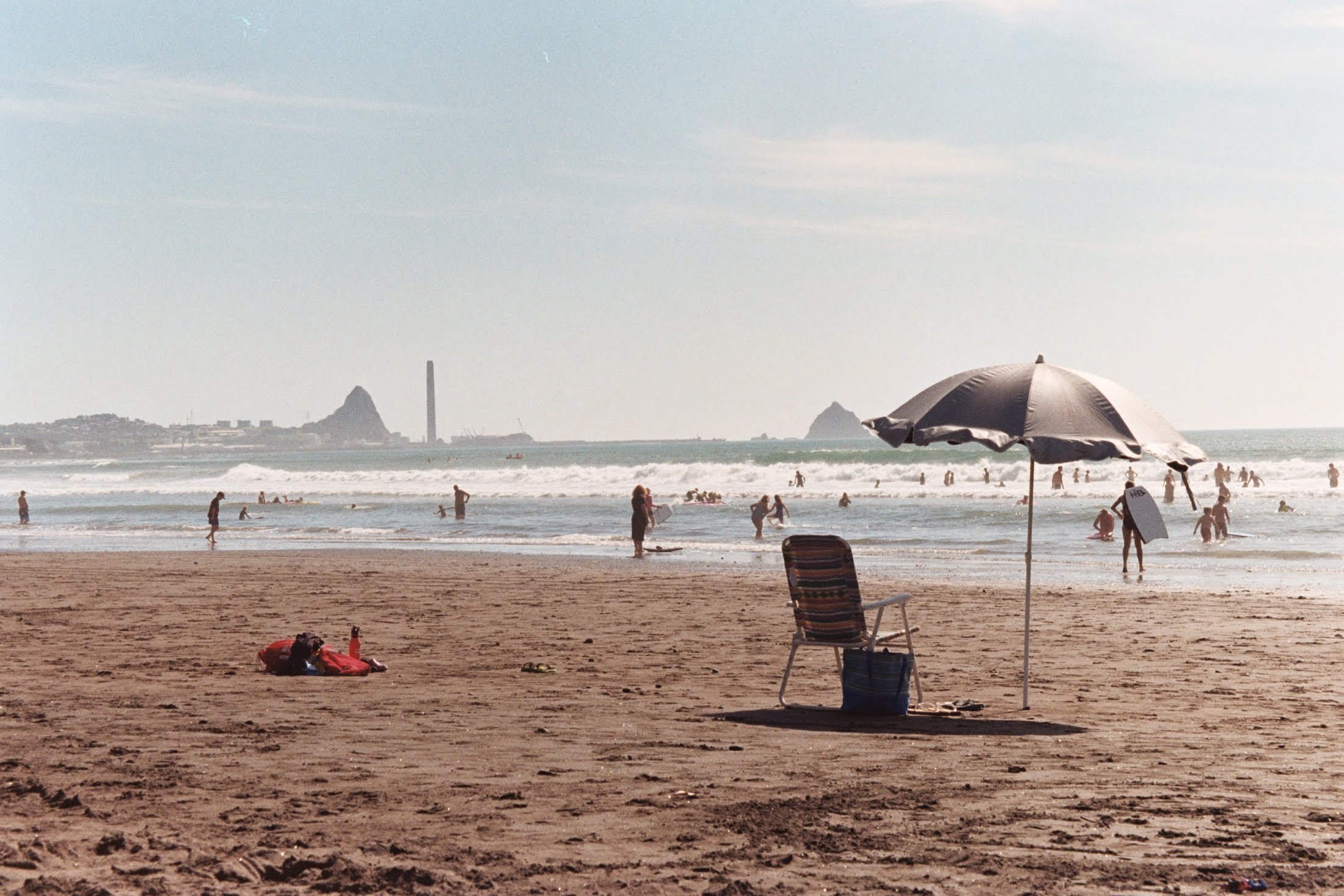
Project | Whakatakanga
The Moana Project is a 5-year $11.5 million MBIE Endeavour ocean research initiative. It aims to improve understanding of coastal ocean circulation, connectivity and marine heatwaves to provide information that supports New Zealand’s seafood industry.
The project includes outstanding research organisations in New Zealand and overseas, and partners with Whakatōhea iwi to support their rohe moana interests in the Bay of Plenty.
The Moana Project has five major components. Through these complimentary work streams, the Moana Project is set to change how we understand and view our oceans.

TE TIRO MOANA | EYES ON THE OCEAN
Te Tiro Moana – Eyes on the Ocean - is the ocean observation component of the Moana Project. New Zealand has one of the largest ocean territories in the world, upon which a large part of our economy depends. But we have very little data about our coastal ocean. To improve our understanding of, and ability to predict, the ocean dynamics that support our blue economy, we need more data.
As part of Te Tiro Moana we collect and collate historical and near-real-time ocean temperature and salinity data – ocean observations. Led by Dr Julie Jakoboski, Te Tiro Moana has two main goals:
using affordable novel technology to get more observations in New Zealand’s coastal seas, and
making existing ocean observations available to everyone
We have developed a small, smart temperature sensor which can be attached to commercial fishing gear. This sensor is used by our collaborators from the New Zealand fishing industry to collect invaluable observations in our coastal seas.
We also work hard to obtain and quality check observations made by a range of organisations and enter them into the New Zealand Ocean Data Network for others to access.
By increasing ocean observations, Te Tiro Moana helps us model our oceans better.
NGĀ RIPO O TE MOANA | MODELLING OCEAN CURRENTS
Hydrodynamic modelling estimates currents, salinity, temperature and water levels. Good ocean models help us manage our oceans better, by allowing us to look at past conditions and predict what will happen in the future.
Led by Dr Joao de Souza from MetOcean Solutions, Ngā Ripo o Te Moana – Whirlpools of the Ocean - is using updated models and the ocean observations from Te Tiro Moana to create hindcasts (historical ocean data), forecasts and particle tracking models. In addition to our New Zealand-scale model, we are doing zoom-in models in the Bay of Plenty, Hauraki Gulf and Kaikoura.
The changing climate affects our oceans. Over the last few years, marine heatwaves have entered New Zealand waters. As part of Ngā Ripo o Te Moana, we are using machine learning to improve our models so we can better predict when and where marine heatwaves will happen. Such models help our partners in the New Zealand seafood industry prepare for and mitigate their effects.

HE HONO MOANA | CONNECTIVITY OF KAIMOANA SPECIES
Knowing the sources of kaimoana populations is important if we are to ensure they are sustainably managed. Led by Professor Jonathan Gardner from Victoria University of Wellington, He Hono Moana is investigating where the larvae of important kaimoana species come from. To do this, Jonathan and his team uses genetic information and shell microchemistry.
As part of He Hono Moana, we are investigating the genetic connectivity of pāua, kuku and kōura New Zealand wide. Using the zoom-in models from Ngā Ripo o te Moana, we are also looking closer at the connectivity of kuku in the Bay of Plenty, on Ninety Mile Beach / Te Oneroa-a-Tohe, and the connectivity of pāua at Kaikoura.
The genetic markers tell us how related the kaimoana populations are, and the shell microchemistry tells us where individual animals have come from.
We combine this with particle tracking modelling and mātauranga Māori, to find out where the kaimoana ends up. He Hono Moana’s research contributes to the protection of these taonga species by better informing their management.
HE PAPA MOANA | CROSS CULTURAL OCEAN KNOWLEDGE
He Papa Moana – The Ocean Foundation - is led by Associate Professor Maui Hudson from Waikato University. It brings together a range of themes in a cross-cultural ocean knowledge platform. He Papa Moana provides an opportunity for ocean researchers in Aotearoa to share their knowledge and aspirations for our oceans.
With mātauranga Māori at the core, the He Papa Moana team are bringing expertise in a number of different areas. Combining social science and science, He Papa Moana research explores traditional waka voyaging and mātauranga relating to changes in ocean temperatures and marine heat waves. We are also analysing the effects of a changing climate on Māori fisheries.
Moana Project iwi partners Whakatōhea are a large part of this research. Working with Whakatōhea, we are doing a case study, applying all that we learn from the many strands of the project into a marine spatial plan for the Whakatōhea rohe moana. We are also developing an Iwi Impact Assessment framework that will assist Whakatōhea decision-making. This research is set to lead the way in ocean planning that is centred around iwi values, with He Papa Moana also translating these outcomes to a wider Aotearoa iwi network.

WHAI HUA | BENEFITS & IMPACTS
But what is the importance of this work if its inaccessible and unsuitable for the people who need it most? The Whai Hua - Benefits Received – team is working to ensure the products and outputs of the Moana Project benefit the many organisations that work in our coastal seas.
Team Lead Dr Malene Felsing from MetOcean Solutions is working with stakeholders to make sure the data, models, forecasts, plans and knowledge generated by the Moana Project is provided back to Aotearoa to help us all better manage, and improve how we work within, our oceans.
2018 Moana Project Launch Hui, Omaramutu Marae, Ōpōtiki






